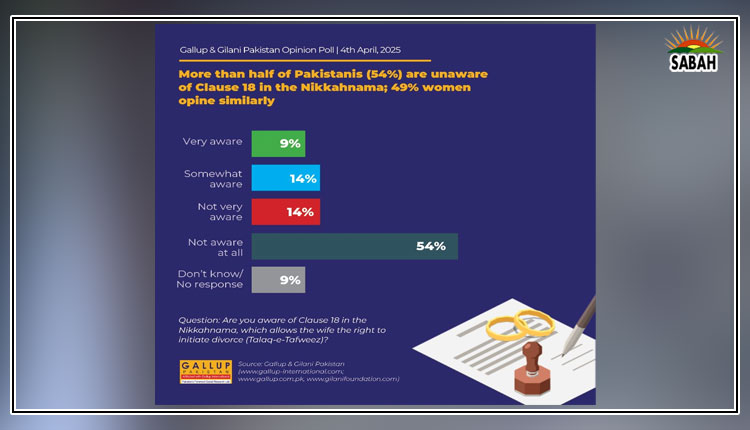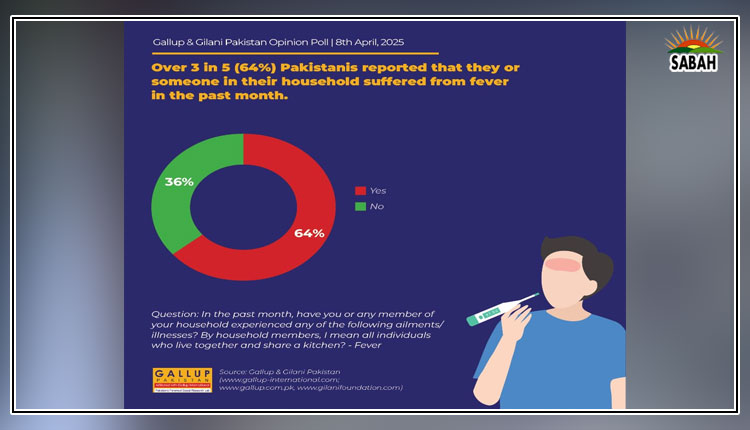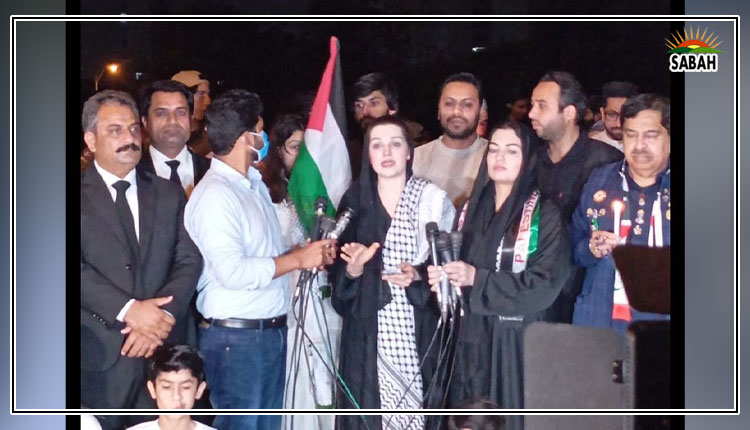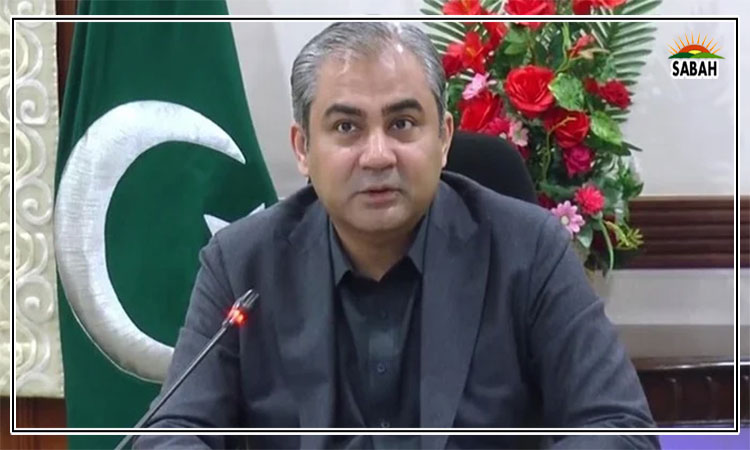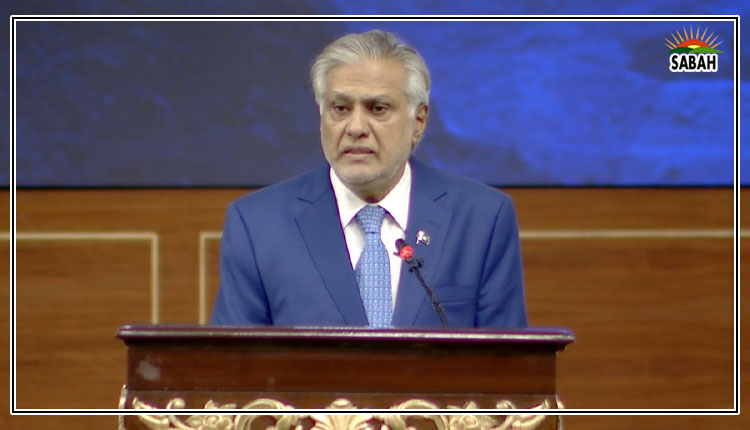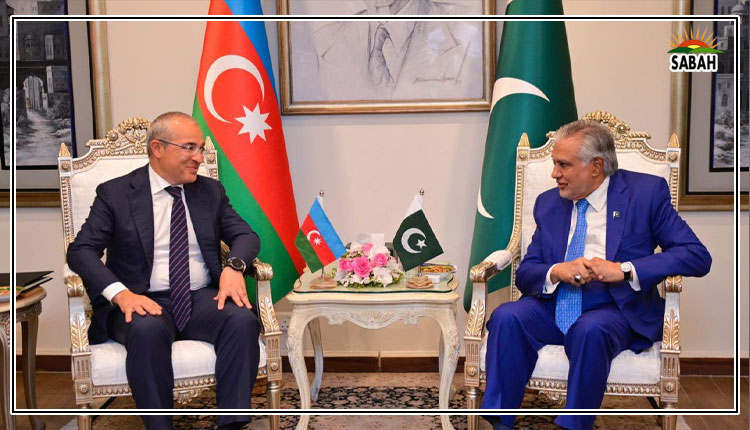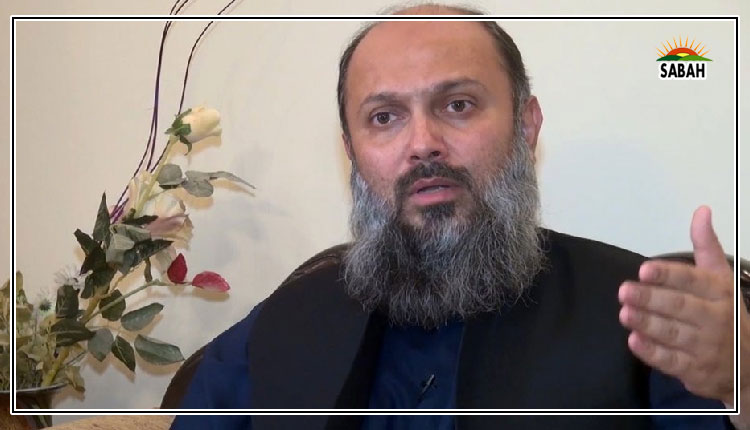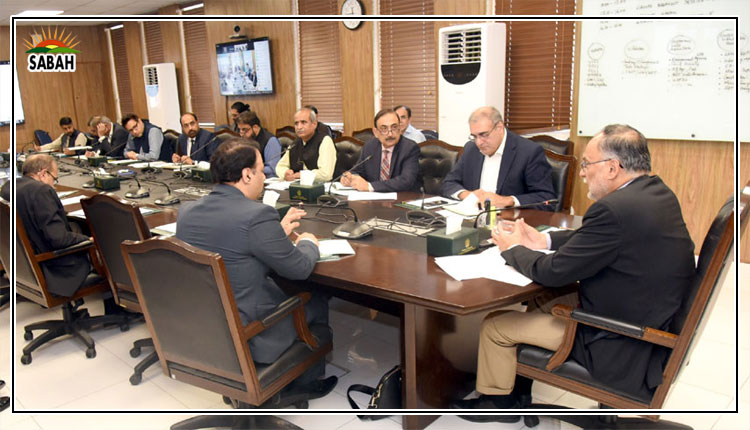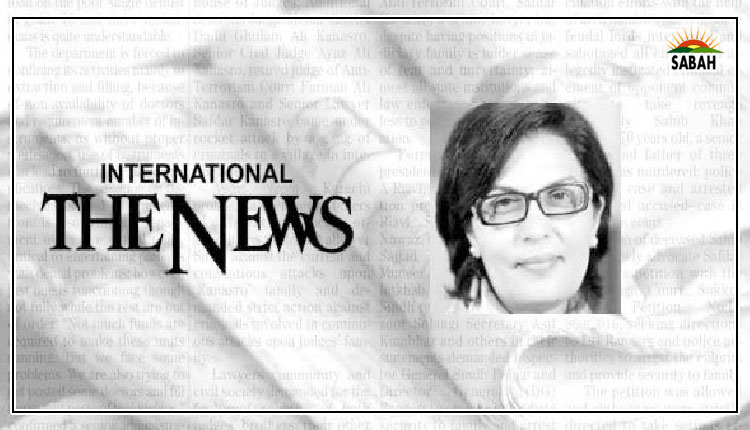Flood funds and telethons…Dr Sania Nishtar
The 2022 monsoon season on steroids left in its wake widespread destruction, submerging one third of the country under water, with over half of Pakistans districts declared as calamity hit.
Around 33 million people were affected, with nearly eight million displaced from their homes, of which nearly 4.5 million people remained exposed to or living close to flooded areas in early 2023. Public and private stakeholders mobilized a response to assist. Amongst these was former prime minister Imran Khans notable initiative to raise funds for flood victims through a series of telethons.
This comment outlines details about the handling and disbursement of funds raised through these telethons and follows several social media posts over the last six months detailing modalities about fund disbursement and the policy guiding that.
In terms of fund collection, three live fundraisers were held between August and September 2022. All donations from the telethon were received in official accounts of the chief ministers of Punjab, Khyber Pakhtunkhwa and Gilgit-Baltistan. The provincial governments own flood relief funds were also routed to these same accounts. A total of Rs15 billion was pledged in donations. Of this, Rs4.63 billion was received in dedicated accounts as of January 1, 2023.
There are three reasons for the gap between amount pledged and amount received in the accounts. First, was the high failure rate of international credit card transactions, worth nearly Rs4.345 billion since many payments were blocked and flagged as potential high-risk payments. According to the State Bank of Pakistan, 58 per cent of this amount could not be received as the owner of the scheme (eg Mastercard/Visa) did not authorize transactions; in 15 per cent authentication failed; in 21 per cent the issuer bank declined the transaction; in two per cent there were technical errors in the payment and in four per cent the payment was associated with the risk blocked bin.
Second, Rs2 billion committed by donors during the telethons was meant to be executed by the donors themselves and was not intended to flow into the chief ministers accounts. And, third, some US-based donors wanted a 501 C-3 instrument so that they could get a tax exemption benefit on their donations, and donation into a government account did not provide them the tax relief. A workaround was developed for this, which will take time to materialize.
Of the Rs4.63 billion received in the accounts, 83 per cent was from domestic donors, and the remaining from international donors. The average size of donations was Rs31,310 and Rs77,107 for domestic and international donors, respectively. Further details are given on the URL: https://www.insaf.pk/notification/telethon-flood-donations-utilization-status
To guide utilization, special purpose committees were constituted both in Punjab and KP with the mandate to devise and oversee the mechanism for efficient management and utilization of flood relief funds from the telethon and the chief ministers fund. Each committee was chaired by the respective chief minister, and I was tasked to lead the initiative for both committees.
Given the large number of people who had been displaced, the committees decided to prioritize rebuilding of damaged houses, except in Balochistan, where in kind assistance was given as per the request of the government of Balochistan. We were clear in our vision of instituting a rule-based and data-driven method for selecting beneficiaries, prioritizing beneficiary experience and dignity, ensuring transparency, and eliminating leakages. A four-step process was adopted in this regard.
The first step involved an end-to-end digital field survey of every damaged house. The digital survey was conducted by the Urban Unit in Punjab and the KP IT board in KP with the respective PDMAs. The survey app had the functionality to geotag each survey house and upload photos as proof, to ensure that the team was physically present. Once fed into the system, the data could not be altered without the consent of the district disaster management units.
Survey teams had to brave rough terrain and flooded areas to reach all damaged houses and conduct the full survey within six weeks. A control room was set up, where internal detailed dashboards were deployed, providing all details of damaged houses. This made decision-making data-driven and transparent.
The second step introduced further rigour to the flood damage assessment process by superimposing pre-and-post flood satellite imagery maps on geotagged damaged houses. This helped pinpoint areas on the map that had been flooded. If a geotagged house happened to be in these areas, it was confirmed that there was indeed a high likelihood of it having sustained damage.
The third step involved the decision to disburse the funds through bank branches, under CCTV monitoring and with biometric signature, to minimize cases of fraud which was reported to be pervasive in past disaster payments. In KP, full bank accounts were opened for beneficiaries in a single visit. In Punjab virtual profiles were created for each beneficiary, and their compensation amount was credited to that profile, to be withdrawn at bank branches within minutes. This was an unprecedented exercise in providing financial inclusion to some of the lowest income households.
The fourth step involved the use of publicly accessible dashboards since transparency was a cornerstone of the flood fund disbursal policy. Survey and disbursement summary statistics were publicly accessible in real time in Punjab (https://www.bop.com.pk/pdmadp/dashboard) and KP (https://rc.kpitb.gov.pk/landing-dashboard) and those with damaged houses could track the status of their case by punching in their CNIC.
On January 1, 2023 of the Rs4.63 billion received in our accounts, Rs3.63 billion had been disbursed with full details on the dashboards. The remaining Rs1 billion of the telethon funds was allocated towards flood compensation in Sindh, as per the Committees decision, and for that Sindh Survey data was needed from the NDMA.
However, despite multiple requests, NDMA and the Sindh government did not provide data; the latter conveyed that the money be given to MPAs to distribute. We did not agree to this since this disbursal method went against the principle of transparent and rule-based payments. The Rs1 billion earmarked for Sindh is therefore kept in the Chief Minister of Punjab Flood Relief Fund 2022 at the Bank of Punjab and field data is still awaited.
The telethon flood payment disbursal process in KP and Punjab served as a precedent for future disaster response. The technology, including survey apps, triangulation data and dashboards designed for these payments, provided real-time feedback and assessment. Efforts should be made to replicate this mechanism across all provinces and to streamline the government response to large-scale adverse events.
Courtesy The News


